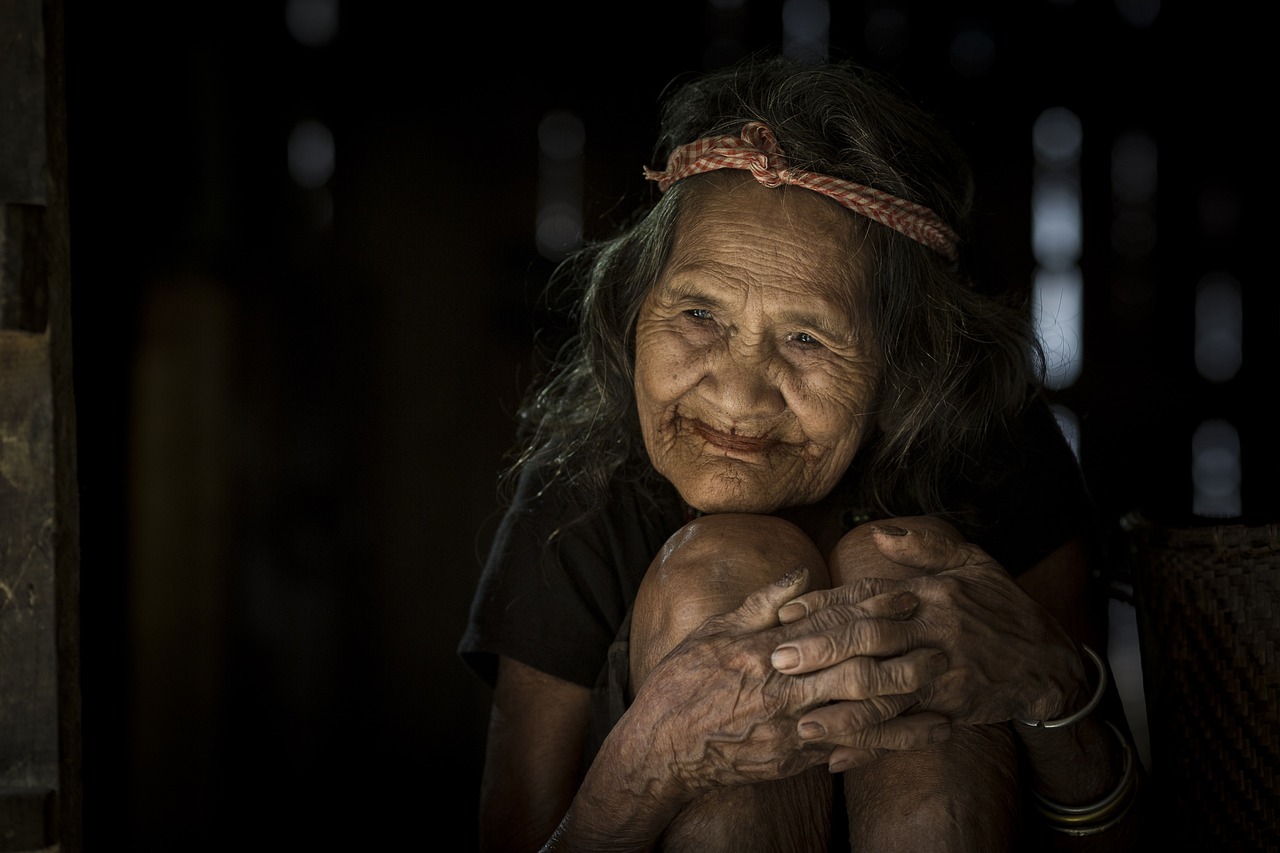Job 7: 1-4, 6-7 (RM) or Isaiah 40: 21-31 (RCL); Psalm 147; 1 Corinthians 9: 16-19, 22-23 (RM) or 16-23 (RCL); Mark 1: 29-39.
Don’t you sometimes wish you could go back in time with a microphone and record an interview with some of the characters in Bible stories? An interviewer with a hint of snark might have asked Job, “Didn’t any of your friends ever say, ‘Hey Job, stop whining and get over yourself?’” Or, more compassionately, what would we hear if Peter’s mother-in-law had been interviewed? How would she tell her own story? What really happened? And what came next in her life?
We have an interesting example here of the ambiguities underlying the situation and visibility of women in Scripture and church, then and now. On the one hand, we meet the first visible woman, in the earliest of the four canonical Gospels, a person whose body was the site of one of Jesus’ first healing miracles. On the other hand we do not know her name. She is identified relationally, as Simon’s mother-in-law — is her daughter, Simon’s wife, living? What is her name? In Mark’s Gospel the majority of women are identified by their relation to a male.
A number of feminist New Testament scholars have grappled with the meaning of this small story segment, and several different assessments emerge. Pheme Perkins argues that in that intensely patriarchal world it would be a matter of honour and responsibility for an elder woman to tend to the house’s dinner guests, and a cause of some shame if she could not do so. This would mean that not only was she restored to bodily health, but to the dignity of her work as hostess for honoured guests. Other feminist scholars support one of two different approaches. One opinion emphasizes that ultimately her restored health does not result in any form of liberation from domestic servitude, expressed by one commentator as, “Healed! Just in time for dinner!”
The second opinion points to the Greek word used for the activity she rises up to perform: Diakonia. But was it really diaconal service as Mark’s later Christian community might understand it? In fact diakonein was a word that stretched to cover a range of service, and split according to gender – men’s diakonia referred to service to the state or the common good and often carried distinctive prestige. Women’s … well, no surprise there, was domestic in nature and simply expected.
Diakonia is not the only Greek word Mark used in this story that would carry a particular Christian meaning and tremendous weight in Mark’s community. Another word is egerein, to raise up, because later it would refer to the Resurrection, not only of Christ but also of believers. The letter of James chapter 5 uses the same word to speak of the elders anointing the sick. “Are any of you sick? Then call upon the elders, who will come and pray over the sick person and anoint them with oil. For the prayer of the community saves and raises up the sick.” Sozein, to save, and egeirein, to raise up: Jesus “took her by the hand and lifted her up.” The words can be interpreted in two ways depending on the context: “saved and raised up” from the person’s sickbed and restored to health, or “saved and raised up” on the last day in the general resurrection of the dead. It’s a poignant ambiguity that haunts the practice of anointing the sick even today.
Elaine Wainwright suggests that while the story context points to a woman’s conventional domestic service, later interpretation on the part of the Christian community would set this story in line with their developing understanding of what it meant to “serve” the risen Christ. This would shift the woman’s position from a passive recipient of a healing miracle, to an active agent of engaged participation in the gathering of the community in Christ’s name.
Let’s imagine that this older woman, this nameless mother, was, in a way, the first deacon. And let’s imagine she went on to establish a house church, as a few optimistic feminist theologians have suggested. If so, perhaps the reason why this incident was included was because it served as the founding story of this early community. No harm in that. There’s no proof of course.
But maybe we’ve brought the process of hearing and unfolding the story to a place where it can give life, and hope, and just a tweak of inspiration.
© Susan K. Roll
Susan Roll retired from the Faculty of Theology at Saint Paul University, Ottawa, in 2018, where she served as Director of the Sophia Research Centre. Her research and publications are centred in the fields of liturgy, sacraments, and feminist theology. She holds a Ph.D. from the Catholic University of Leuven (Louvain), Belgium, and has been involved with international academic societies in liturgy and theology, as well as university chaplaincy, Indigenous ministry and church reform projects.





Using creative imagination when reading stories of these scriptural women, opens up fascinating vistas: who they were in relation to their families and neighbours; Imagining their hopes and fears, triumphs and tragedies. These imaginings open possibilities for my own life as well. Thanks for reminding me of this “hermeneutic key”
Every time I look at the photo of the old woman at the top of this article, I feel inspired. Such experience, love, and wisdom reflected in one human face!!